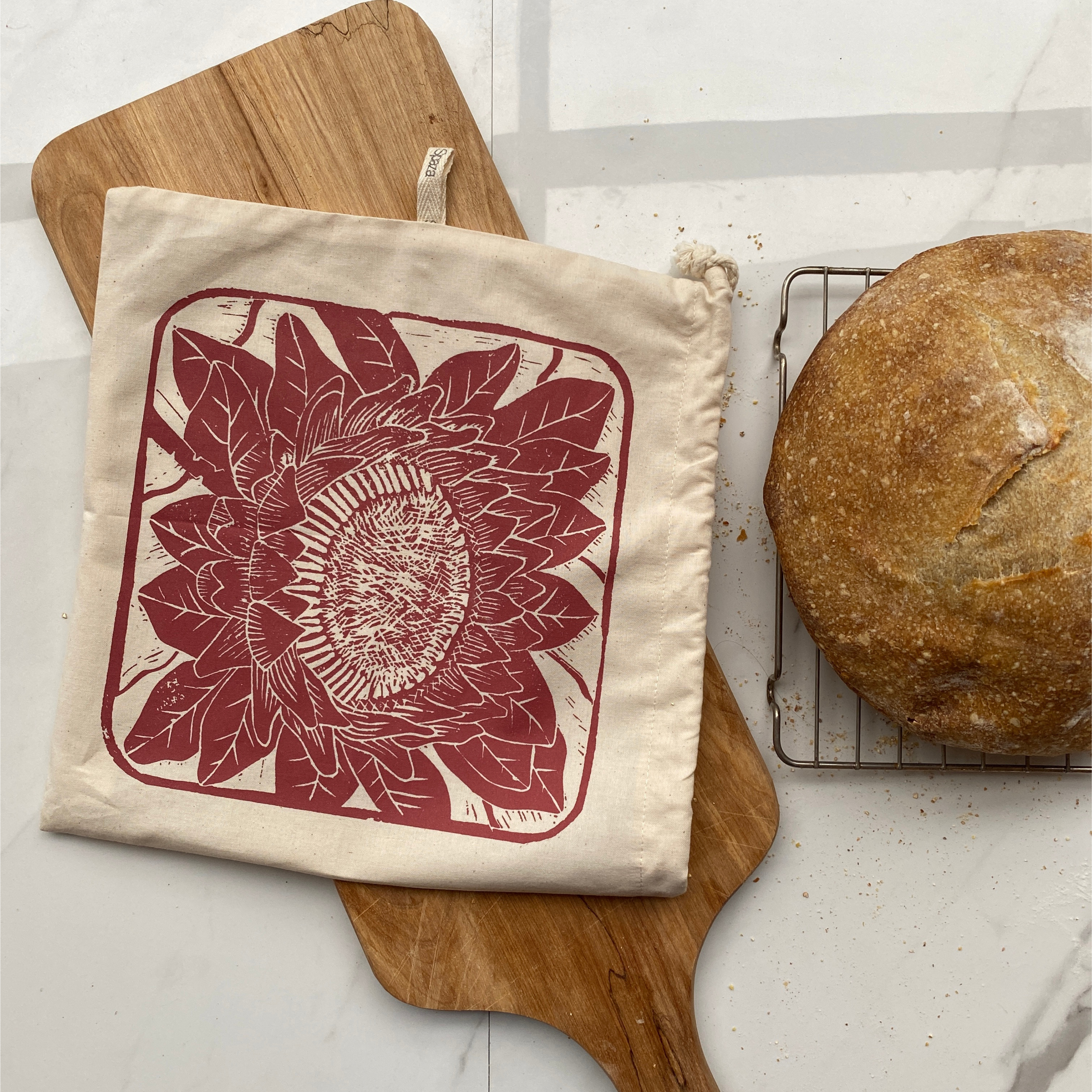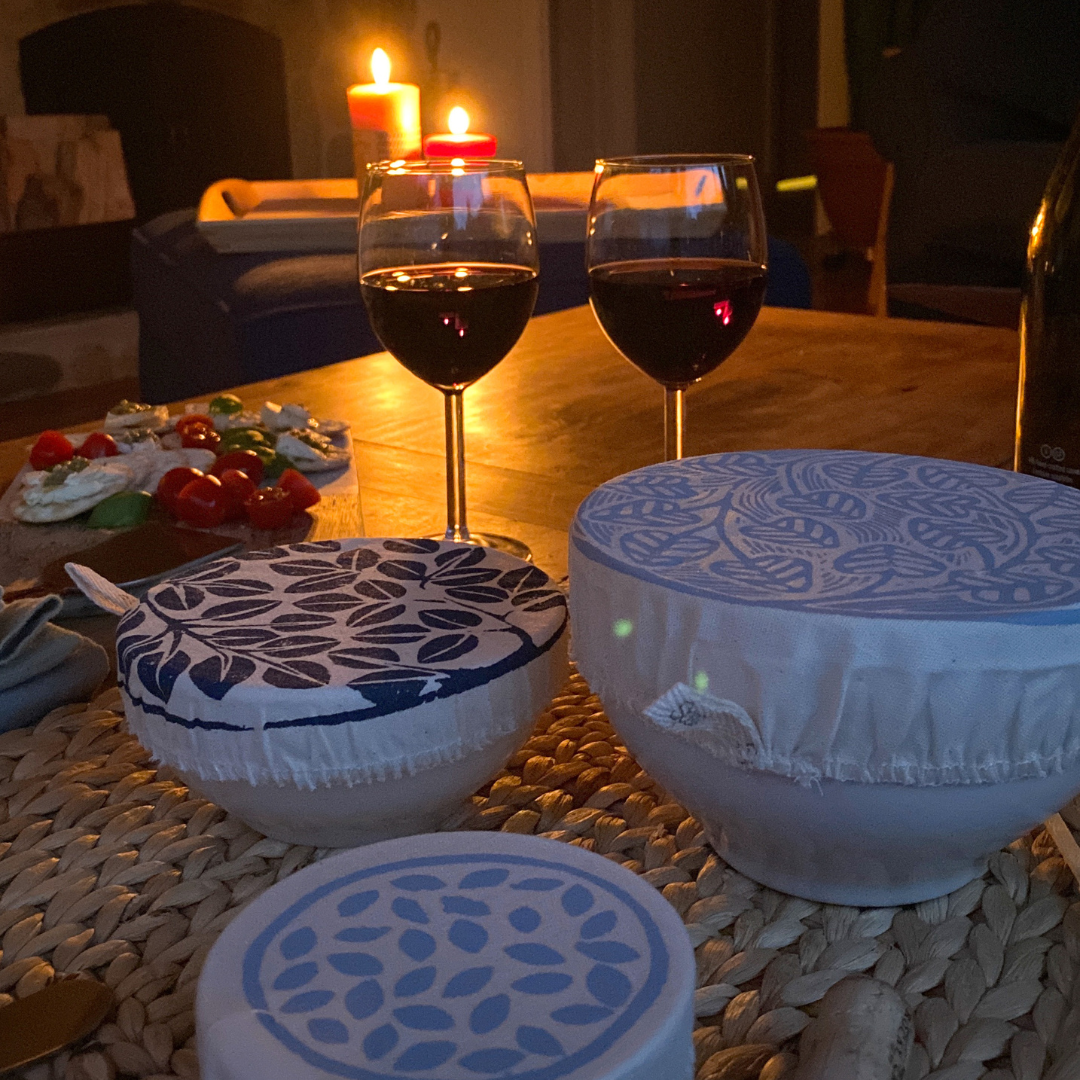
The curious case of the Hot Cross Bun

When I think about Easter, there are some very specific foods that come to mind. Amongst these are pickled fish, freshly baked bread and pickled fish. But the one dish that stands out among the rest is definitely the coveted Hot Cross Bun.
In my family, we would buy these over several weeks before and after the Easter Weekend and serve them warm, cut in half with a dollop of butter melting over the middle. And even though my love of spicy Hot Cross Buns has since changed to a penchant for the chocolate variant, this traditional baked morsel of deliciousness will always hold fond memories for me.
While planning for this year’s Easter weekend, my mind wandered back to my fave Easter treat and I got to thinking - where did Hot Cross Buns come from and why exactly do we eat them during Easter? After some extensive research, I uncovered the answers…
The surprising history behind the Hot Cross Bun
“This is the season at which all good Christians devour hot cross buns for breakfast, under the comfortable impression that a religious duty is being performed.”
This was according to Figaro magazine, published in London in 1836. Could this be the reason that we eat these tasty treats during Easter time? Not necessarily.
Hot Cross Buns are said to have originated in the 12th century when an Anglican monk baked the buns and marked them with a cross in honor of Good Friday. He would distribute them among the needy and after they gained popularity, Hot Cross Buns eventually became a symbol of Easter and this is where the tradition of eating them on Good Friday began.
Looking even further back, history would have it that the original precursors to Hot Cross Buns were loaves that were found marked with a cross at Herculaneum. While this is possible (Christ had been nailed to the cross half a century earlier), it is more likely that the loaves were incised to make them easier to break apart.
Whatever the case, we know for certain that crossed buns were eaten by the Saxons to honor Eostre, whose name is the origin of the word Easter. For Eostre, the goddess of the dawn and fertility, the cross is said to have symbolized the four quarters of the moon. As was often the case, a Christian tradition was adopted from a pagan festival, turning Eostre’s feast into a celebration of Christ. And so the cross on top of the bun came to symbolize not only the Crucifixion, but also the intersection of Earth (horizontal) and Heaven (vertical) - the human and the divine.
The history of the Hot Cross Bun does have some sordid moments, however. In the 16th century, Queen Elizabeth I passed a law limiting their consumption to certain holidays. The English were deeply superstitious and believed that the buns carried medicinal and magical properties, and were scared that their powers would be abused. Some even believed that the buns would never go stale!
To this day, a Hot Cross Bun that was baked in 1807 exists in Essex, as well as another in London that is dated 1821. So maybe the Brits weren’t completely off in their beliefs.
Although they have become considerably more expensive over the past few centuries, Hot Cross Buns have (thankfully) remained the same throughout. Today, as it was in 1836, “the little boys devour hot cross buns with a most sacred Gusto, which shows that if there is any virtue in the act, the youth of the present day are the very best performers of the religious duty.”






